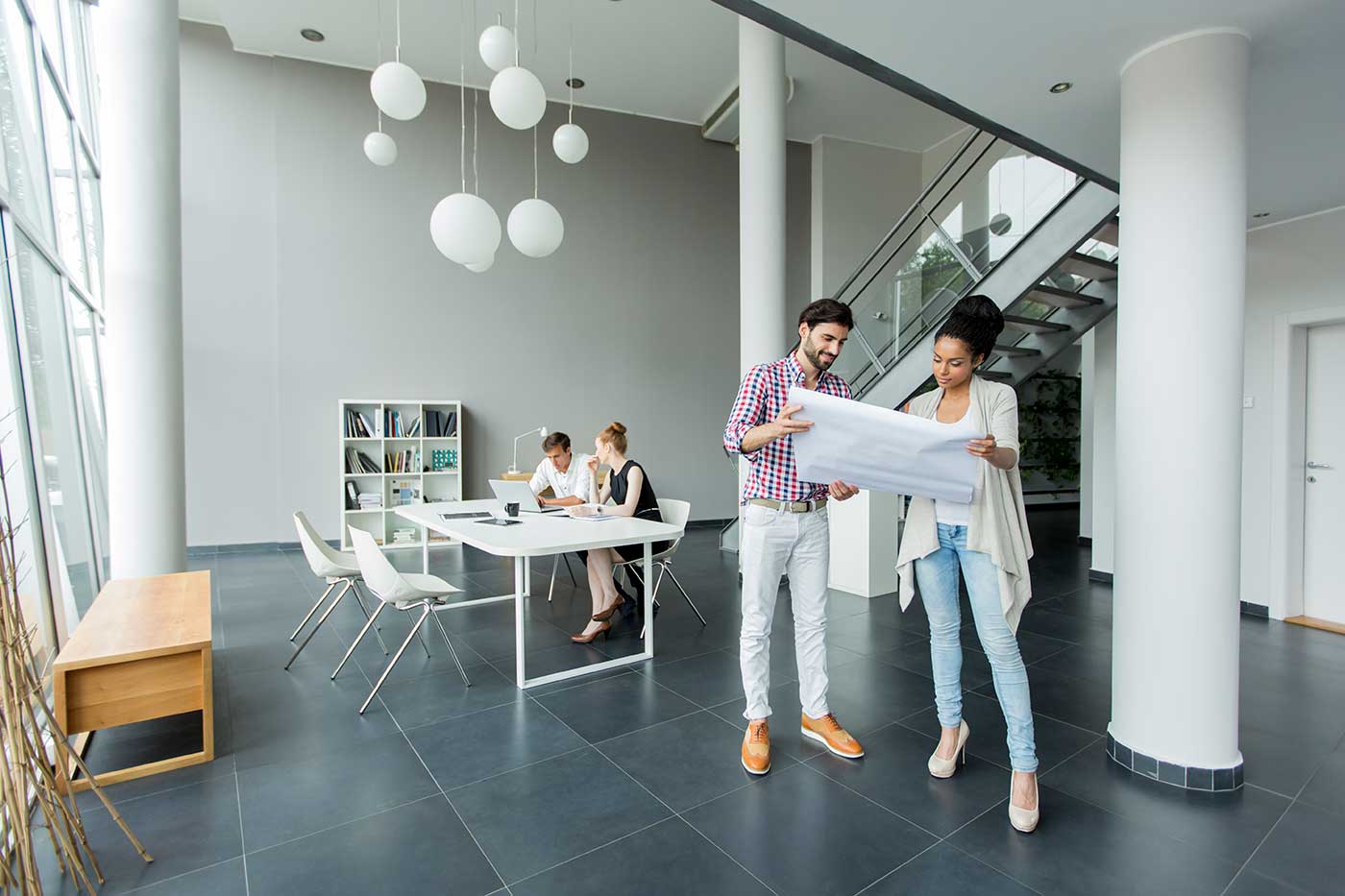For a very long time, cubicles have been the staple furniture in corporate offices, to the point that they became the quintessential item in every other workspace in the late 90s and early 2000s. It is only recently that the trend has died down and employers have come to understand the challenges that these pose. Today’s employers understand the importance of collaboration and teamwork for maximum productivity. In stark contrast to the previous scenario of employees barely getting out of their cubicles, offices now welcome collaborative spaces with open arms. With the growing popularity of job roles that demand collaboration, employees go for open-plan layouts for their offices, allowing employees to interact with each other more freely and in turn making the office look more spacious as this setup allows better airflow and natural light. This distinctive change in preferences has influenced Modern Office Furniture and interior designs and reflects the general shift in working culture, employee satisfaction, and productivity.
The Age of Cubicles
First designed by Robert Propst in 1964, the cubicle was created initially to provide individual spaces to each employee and to foster a sense of privacy among them. The initial use of the cubicle apart from privacy was to reduce all kinds of external distractions, leading to better productivity levels among the employees. It is safe to say that over the years, cubicles have drastically shifted away from their original purpose and have become synonymous with monotony and isolation. It is also an unpopular choice today as it restricts the natural airflow and light. Cubicles also impose boundaries onto employees, restricting them from openly communicating with each other, and have led to decreased employee morale and creativity.
The Open-Plan Layout
The early 21st century saw a drastic change in employer preferences in terms of office layouts. They became more interested in implementing a more space-saving design into their office and stopped considering cubicles as an office staple. Not only did open layouts encourage open communication and healthy collaboration between co-workers, but they also empowered spontaneous interactions, improving problem-solving and innovative thinking. For companies that expect consistent growth, Open plans are the ideal choice as they allow for easy reconfiguration and setup. It accommodates changing team sizes and modern technologies and quickly became the best choice for employers across the UAE.
Challenges of Open Plans
Open Plans offer a variety of benefits that contribute to it being a popular choice, but if you are planning to switch to this, it is important to understand that they have their own set of shortcomings. For instance, open plans can cause more noise and distraction and cause more harm than good if you have a very large team with diverse working requirements. This can set employees behind on their productivity levels, increasing their stress and work-related worries. These plans lack privacy and become a major concern with tasks that demand deeper concentration levels. IIn the post-pandemic world, where airborne diseases are still prevalent, such layouts can increase the chances of illness spreading across the office.
Meeting in the middle: Hybrid Office Layouts
It is of no debate that Open-plan layouts are a popular and ideal choice for many employers in the modern day. To tackle the few limitations that this setup poses, one can opt for a variety of methods that combine the benefits of the cubicle with the new alternative. Hybrid office designs are a great choice to ensure privacy, and to make the most of your office space. For example, some offices provide soundproof panels or quiet zones for work that needs deeper concentration. This offers the employees the best of both worlds, balancing the need for interaction and collaboration with the need for privacy.
Future Trends in Office Furniture Design
Looking at the future of office design, one can be confused by the plethora of trends that have been going around. It is likely to be characterized by greater flexibility and customization. Dynamic settings that can be easily reconfigured and redesigned to suit growing needs will gain more popularity. Additionally, the integration of advanced technology like Smart office furniture and AI-incorporated spaces will further enhance and influence the functionality of offices. The emphasis would be on creating spaces that offer both individual productivity and collaboration.
The evolution of office design from cubicles to open layouts reflects the changes that have taken place in our understanding of work and productivity. The change has been gradual, accommodating all the individual needs of various industries, employers, etc. By combining the best of what these two plans offer, offices can create spaces that meet their special needs.
























